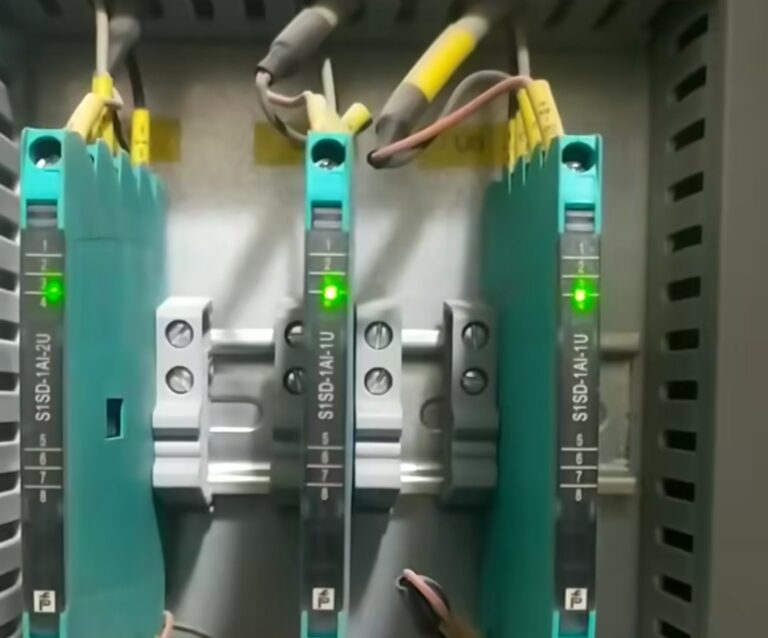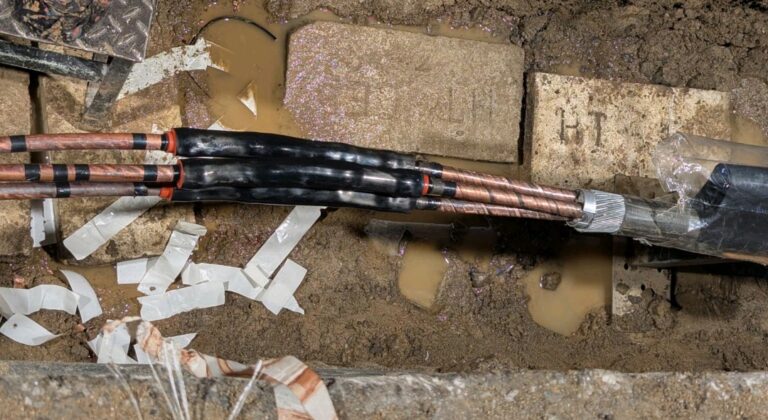In the world of HVAC acoustics design and testing, there are two types of sound chambers: Reverberant and Anechoic.
Here are the differences between Reverberant and Anechoic Sound Chambers.
Reverberant Sound Chambers:-
Purpose: These chambers are designed to create a highly reflective environment where sound waves bounce off all surfaces, leading to significant reverberation or echo.
Design: Constructed with hard, reflective surfaces to ensure minimal sound absorption. The shape and materials are chosen to maximize reflections.
Uses: Commonly used for testing the durability of materials and products in high-noise environments, studying sound power and noise emissions of equipment, and measuring the acoustics of spaces.
Experience: Inside a reverberant chamber, sounds persist and overlap due to continuous reflections.
Anechoic Sound Chambers:-
Purpose: These chambers are designed to eliminate reflections and echoes, creating an acoustically “dead” space where sound is absorbed, not reflected.
Design: Constructed with highly absorbent materials like foam wedges or fiberglass to prevent sound reflections. The walls, ceiling, and floor are covered with these materials in a pattern that maximizes absorption.
Uses: Ideal for precision acoustic measurements, such as testing microphones, speakers, and other audio equipment, and for conducting psychoacoustic experiments.
Experience: Inside an anechoic chamber, the lack of reflections makes sounds seem to come directly from the source without any echo, creating an unusually quiet and often disorienting environment.
In summary, reverberant chambers study sound in echo-rich environments, while anechoic chambers study sound in echo-free environments.
electrical and electronics engineering diary

